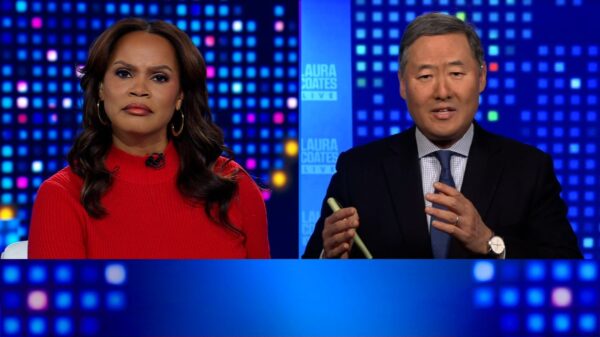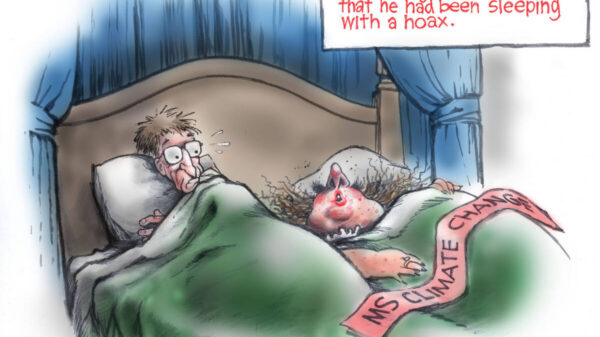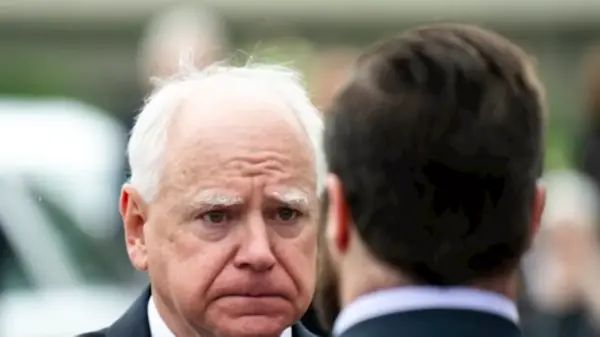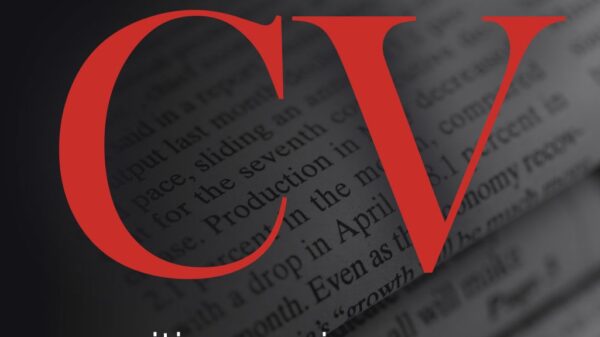The debt burden on the United States is projected to increase significantly over the next decade. According to the Congressional Budget Office (CBO), U.S. national debt is expected to grow by $22 trillion by 2033, raising concerns among economists and policymakers regarding the sustainability of federal finances.
This anticipated rise in debt comes as the federal budget deficit continues to expand, driven by both increased spending and sluggish revenue growth. The CBO’s report highlights that the national debt could reach nearly $50 trillion within ten years if current fiscal policies remain unchanged.
Factors Driving Debt Growth
Several key factors contribute to this rising debt trajectory. First, mandatory spending programs, such as Social Security and Medicare, continue to place pressure on federal budgets. As the population ages, the costs associated with these programs are expected to rise sharply.
Additionally, interest payments on the national debt are projected to increase. The Federal Reserve’s recent interest rate hikes are expected to elevate borrowing costs, further exacerbating the budget deficit. As more funds are allocated to service existing debt, less will be available for critical investments in infrastructure, education, and healthcare.
Implications for Economic Stability
The implications of such a dramatic increase in debt are significant. Economists warn that a growing debt burden can lead to higher interest rates, which may stifle economic growth. If investors perceive the U.S. government as increasingly unable to manage its finances, confidence in U.S. Treasury securities could diminish, potentially leading to higher borrowing costs.
Furthermore, there are concerns about the long-term sustainability of government programs. As debt levels rise, the risk of a fiscal crisis may grow, prompting urgent discussions among lawmakers about potential reforms to spending and taxation.
The CBO’s findings underscore the need for a comprehensive approach to fiscal policy. Lawmakers will face difficult choices in balancing the demands of immediate spending needs with the necessity of maintaining economic stability for future generations. As the deadline for budget decisions approaches, the spotlight will be on Congress to devise strategies that address the growing debt while fostering economic resilience.






































































